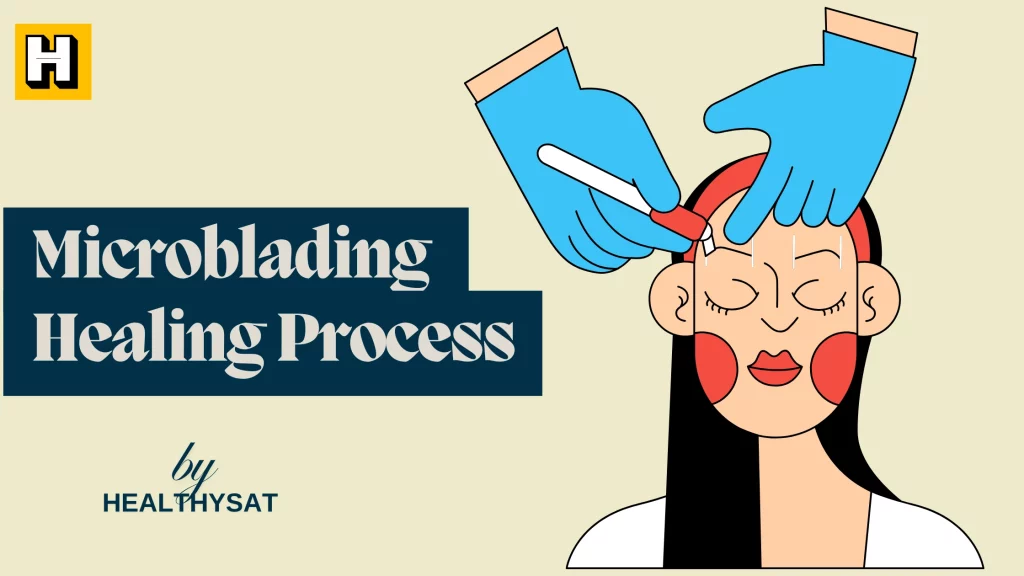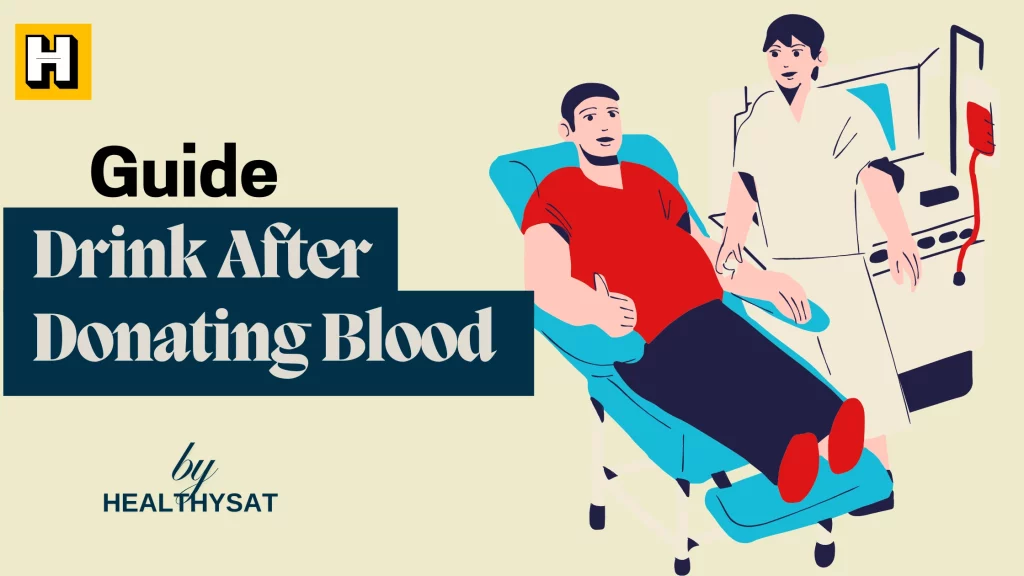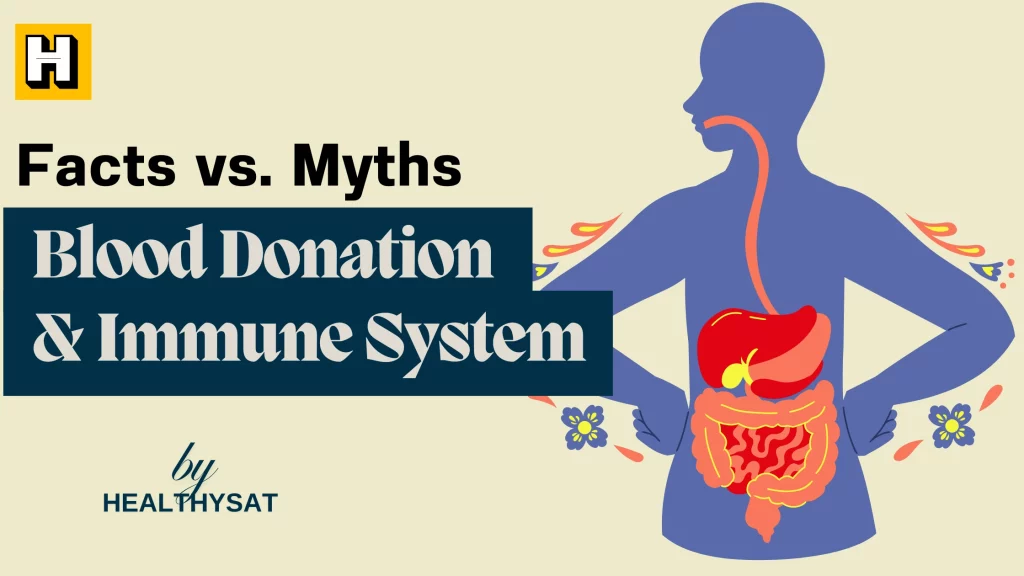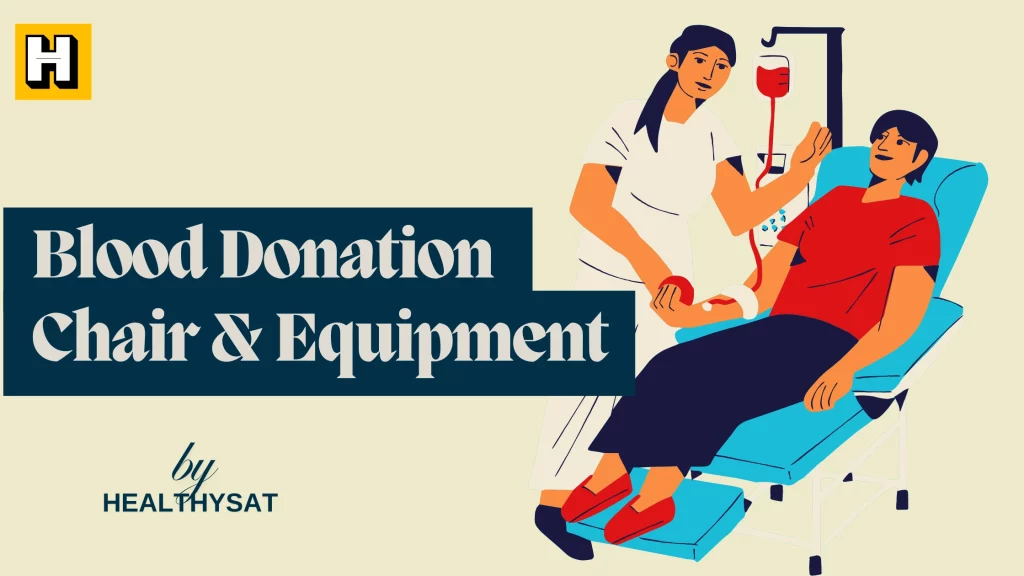Microblading healing process begins right after your procedure and continues for several weeks. Understanding this recovery timeline is crucial for achieving those beautiful, natural-looking eyebrows you desire.
The microblading healing process involves several distinct phases that your skin goes through as it repairs itself and settles with the pigment. Many clients worry when they see changes during the microblading healing process, but these changes are completely normal and expected.
This comprehensive guide will walk you through each stage of the microblading healing process and provide expert tips to ensure optimal results.
During the microblading healing process, your brows will transform dramatically – from initially appearing too dark and bold to temporarily fading before settling into their final form.
The complete microblading healing process typically takes 4-6 weeks, though individual experiences may vary depending on skin type, age, and how well you follow aftercare instructions.
Proper care during the microblading healing process is essential for color retention and preventing complications.
What Happens During the Microblading Healing Process
The microblading healing process involves your skin working to repair tiny cuts while simultaneously retaining the deposited pigment. Understanding what occurs during the microblading healing process helps you anticipate changes and avoid panicking when your brows seem to disappear temporarily.
When microblading creates controlled micro-injuries, your skin immediately begins its natural healing response.
🌿 Wellness at Your Fingertips! 🌿
Get daily health tips, mindful morning routines, and nutrition reminders straight to your WhatsApp.
🍏 Join Wellness UpdatesFree science-backed health tips delivered daily
The microblading healing process starts with inflammation as blood flow increases to the area, bringing healing nutrients and removing debris. This initial stage of the microblading healing process explains why your brows appear red and slightly swollen at first.
Throughout the microblading healing process, new skin cells form while your body determines which pigment particles to keep and which to push out.
This natural filtering during the microblading healing process explains why some color loss is inevitable.
Your technician compensates for this by initially applying slightly darker pigment, knowing the microblading healing process will naturally lighten the result.
Here are some important things to remember during your microblading healing process:
- Avoid touching the treated area throughout the microblading healing process
- Keep the area clean according to your technician’s instructions
- Avoid makeup application on the brows during the microblading healing process
- Stay away from swimming pools and saunas during the microblading healing process
- Avoid excessive sweating during the critical phases of the microblading healing process
- Apply aftercare products exactly as directed for optimal microblading healing process
- Protect your brows from direct sunlight throughout the microblading healing process
- Avoid facial treatments and exfoliation during the microblading healing process
- Be patient with color changes during the microblading healing process
- Schedule your touch-up appointment to perfect your results after the initial microblading healing process
Day-by-Day Microblading Healing Process Timeline
The microblading healing process follows a relatively predictable pattern, though individual healing times may vary.
Tracking your microblading healing process against this timeline helps you know what to expect and when to contact your artist if something seems unusual.
Immediate Post-Procedure (Day One)
During the first day of your microblading healing process, your eyebrows will appear dramatically darker and more defined than they will ultimately look.
This intense appearance is a normal part of the microblading healing process. The area may feel tender, and mild swelling occurs as your skin begins its microblading healing process.
Some clients experience slight bleeding in the first hours of the microblading healing process as the tiny cuts begin to heal.
During this critical first day of the microblading healing process, gently blot away any lymph fluid that seeps from the microbladed area.
The microblading healing process begins with this lymph secretion, which helps clean the area but can form hard scabs if allowed to build up.
Your technician will provide specific instructions for this phase of the microblading healing process. You should read online reviews to understand what to expect from your procedure.
Key actions for day one of the microblading healing process:
- Gently blot the area with clean tissue as needed
- Avoid getting the area wet during this crucial phase of microblading healing process
- Take any recommended pain relievers for discomfort during microblading healing process
- Sleep with your head elevated to reduce swelling during microblading healing process
- Avoid touching the area with unwashed hands during microblading healing process
- Take photos to document your day one microblading healing process for comparison
- Apply any recommended ointment very sparingly during microblading healing process
- Avoid blood thinners which can interfere with the microblading healing process
- Stay calm about the intense color – it’s normal in the microblading healing process
- Keep your hair away from your brows during the microblading healing process
Early Healing Phase (Days Two-Five)
During days two through five of the microblading healing process, your brows will begin forming scabs as the microblading healing process progresses. These scabs are a normal and essential part of the microblading healing process. They protect the healing skin underneath while it regenerates. The color remains quite dark during this stage of the microblading healing process, and the lines appear very defined.
This scabbing phase is when many clients struggle most with the microblading healing process. The itching sensation intensifies as the microblading healing process continues, creating a strong temptation to scratch or pick. However, interfering with scabs during the microblading healing process can remove pigment and cause scarring, compromising your results.
Throughout this phase of the microblading healing process, continue following your aftercare instructions diligently. The microblading healing process requires keeping the area clean while avoiding water-soaking activities that may interfere with healing. Some technicians recommend applying a thin layer of aftercare ointment during the microblading healing process to prevent excessive dryness.
Essential tips for the early healing phase of the microblading healing process:
- Resist any urge to pick or scratch during this critical microblading healing process
- Continue gentle cleaning as directed during the microblading healing process
- Apply aftercare products sparingly during the microblading healing process
- Avoid makeup around the brow area during the microblading healing process
- Keep your face away from shower spray during the microblading healing process
- Avoid facial treatments that could disrupt the microblading healing process
- Stay out of saunas and steam rooms during the microblading healing process
- Protect your brows from sweat during the microblading healing process
- Avoid swimming pools and hot tubs during the microblading healing process
- Be patient with scabbing – it’s a positive sign of the microblading healing process
Flaking Phase (Days Six-Ten)
Between days six and ten of the microblading healing process, the scabs naturally begin to flake off and fall off. This flaking stage is a normal progression in the microblading healing process. As scabs detach during the microblading healing process, your eyebrows will appear significantly lighter—sometimes even disappearing in patches. This temporary fading is an expected part of the microblading healing process and causes many clients unnecessary worry.
The flaking phase marks a major transition in the microblading healing process. As old skin cells carrying excess pigment shed away, new skin forms underneath. The microblading healing process enters what many technicians call the “ghosting phase,” where brows temporarily appear to vanish. Remember that this apparent disappearance during the microblading healing process is deceptive—the pigment remains embedded deeper in the skin.
During this stage of the microblading healing process, continue avoiding makeup on the brow area. The microblading healing process requires keeping the area clean and undisturbed as new, delicate skin forms. By day ten of the microblading healing process, most scabbing should have naturally fallen away without intervention.
Important guidance for the flaking phase of the microblading healing process:
- Allow scabs to fall off naturally during the microblading healing process
- Don’t panic when your brows appear to lighten during the microblading healing process
- Continue following aftercare instructions during the microblading healing process
- Avoid applying makeup to the area during the microblading healing process
- Keep the area clean as directed throughout the microblading healing process
- Resist examining your brows too critically during this phase of the microblading healing process
- Understand that patchy appearance is normal during the microblading healing process
- Continue protecting your brows from sun exposure during the microblading healing process
- Avoid facial treatments that could disrupt the microblading healing process
- Trust that pigment will reappear as the microblading healing process continues
Ghosting Phase (Days Ten-Twenty)
The ghosting phase of the microblading healing process often causes the most concern for clients. During this stage of the microblading healing process, your eyebrows may look like they’ve completely disappeared or become extremely light. This apparent fading is a normal part of the microblading healing process as your skin continues regenerating over the pigment.
During this phase of the microblading healing process, new skin cells are forming while the pigment settles deeper into the dermis. The microblading healing process makes the pigment temporarily appear lighter as it’s covered by these new skin cells. Many clients mistakenly believe their procedure failed during this stage of the microblading healing process, but patience is key.
By the end of the ghosting phase of the microblading healing process, you’ll begin noticing the pigment returning gradually. This reemergence is a positive sign that your microblading healing process is progressing normally. However, the strokes may still appear less defined than they will ultimately look once the microblading healing process completes.
Key insights for the ghosting phase of the microblading healing process:
- Understand that fading is temporary during the microblading healing process
- Be patient as your skin completes this phase of the microblading healing process
- Continue protecting the area from harmful products during the microblading healing process
- Avoid harsh exfoliation which can disrupt the microblading healing process
- Don’t schedule additional procedures during the microblading healing process
- Take photos to track changes throughout your microblading healing process
- Resume normal cleansing routines carefully as your microblading healing process progresses
- Avoid using retinols or acids on the brow area during the microblading healing process
- Begin evaluating if you’ll need more density at your touch-up after the microblading healing process
- Remember that complete microblading healing process takes 4-6 weeks total
Color Return Phase (Days Twenty-Thirty)
During days twenty through thirty of the microblading healing process, you’ll notice the pigment gradually returning and becoming more visible. This color return phase is an exciting time in the microblading healing process when your patience finally begins to pay off. The strokes reappear as the microblading healing process continues, though they may still look softer than the final result.
As this phase of the microblading healing process progresses, your eyebrows will continue developing and improving daily. The microblading healing process reveals the true color of your brows as they’ll likely appear long-term. Any asymmetry or areas needing additional strokes become apparent during this stage of the microblading healing process, helping you and your artist plan for the touch-up session.
By the end of this phase of the microblading healing process, your eyebrows should look natural and significantly improved from your pre-procedure appearance. However, the microblading healing process isn’t completely finished, and the touch-up session remains essential for perfecting your results after the initial microblading healing process concludes.
What to expect during the color return phase of the microblading healing process:
- Watch as pigment gradually reappears during the microblading healing process
- Assess stroke definition as the microblading healing process continues
- Identify any patchy areas that need correction after the microblading healing process
- Enjoy increasingly natural-looking results as the microblading healing process progresses
- Begin using gentle skincare products around (not on) the brows as the microblading healing process continues
- Schedule your touch-up appointment if you haven’t already done so
- Consider how the healed color works with your complexion after the microblading healing process
- Protect your brows from sun exposure even as the microblading healing process nears completion
- Continue avoiding harsh treatments on the brow area during the microblading healing process
- Take final “after” photos to document your complete microblading healing process
Final Healing (Days Thirty-Forty-Two)
The final phase of the microblading healing process occurs between days thirty and forty-two. During this concluding stage of the microblading healing process, any remaining healing completes, and your true results emerge. The color has fully settled, and the strokes appear as they will remain until your touch-up session enhances them further.
By day forty-two, your microblading healing process is considered complete for the initial session. The full microblading healing process reveals brows that look natural, with strokes that mimic real hair. Any areas that need additional work become obvious after the complete microblading healing process, which is why the touch-up session is scheduled after full healing.
Once your microblading healing process concludes, you can fully appreciate your enhanced brows. The completed microblading healing process should result in eyebrows that frame your face beautifully while looking totally natural. Most clients express amazement at how transformative yet subtle the results are after the microblading healing process finishes.
Important considerations after your microblading healing process completes:
- Attend your touch-up appointment to perfect results after the initial microblading healing process
- Begin long-term care to maintain results achieved through the microblading healing process
- Protect your investment with proper sun protection after the microblading healing process
- Consider how your lifestyle affects the longevity of results after the microblading healing process
- Take careful note of how your skin responded to the microblading healing process
- Discuss any concerns about your results after the microblading healing process with your technician
- Understand that a second microblading healing process will occur after your touch-up
- Expect the second microblading healing process to follow similar but potentially shorter phases
- Share your positive experience and microblading healing process journey with others
- Enjoy your beautiful new brows after completing the microblading healing process
Microblading Healing Process After Touch-Up
The microblading healing process after your touch-up appointment follows a similar pattern to your initial procedure but often progresses more quickly. This second microblading healing process reinforces the color and definition achieved in your first session. The touch-up microblading healing process typically causes less swelling and trauma since fewer strokes are usually needed.
During your touch-up microblading healing process, you’ll notice improvements in areas that appeared patchy after the initial microblading healing process completed. Your artist applies additional strokes where needed based on how your skin retained pigment during the first microblading healing process. This customization ensures your final results address any issues observed during the initial microblading healing process.
Follow the same aftercare instructions during your touch-up microblading healing process. Even though this second microblading healing process may seem less intensive, proper care remains essential for optimal results. The combined effect of both procedures and their respective microblading healing process phases creates the final, beautiful outcome you desire.
Factors Affecting Your Microblading Healing Process
Several factors can influence how your individual microblading healing process progresses. Understanding these variables helps you set realistic expectations for your microblading healing process and results:
Skin Type Impact on Microblading Healing Process
Your skin type significantly affects your microblading healing process. Oily skin often experiences a more challenging microblading healing process because oils can push pigment out of the skin more readily. People with oily skin may notice more fading during their microblading healing process and typically require more frequent touch-ups after the initial microblading healing process completes.
Dry skin often retains pigment better during the microblading healing process but may experience more scabbing and flaking. The microblading healing process for very dry skin requires diligent moisturization with approved products to prevent excessive scabbing. Mature skin may heal more slowly during the microblading healing process due to reduced cellular turnover rates.
Sensitive skin may experience more redness and swelling during the microblading healing process. If you have sensitivity issues, your microblading healing process might include additional calming measures recommended by your technician to ensure comfort throughout the microblading healing process.
Age-Related Microblading Healing Process Differences
Age affects your microblading healing process significantly. Younger skin typically experiences a faster microblading healing process with better pigment retention. The microblading healing process in mature skin (over 50) often takes longer as cellular renewal slows with age. Mature clients may notice their microblading healing process extends beyond the typical timeline.
Hormonal changes related to age can also influence your microblading healing process. Menopausal women sometimes notice differences in their microblading healing process compared to their younger counterparts. The microblading healing process might require special considerations for mature clients, including additional hydration and possibly a different aftercare protocol.
Throughout the microblading healing process, older clients should be particularly diligent about aftercare. The microblading healing process requires more attention to moisture balance in mature skin to achieve optimal results. Despite these differences, beautiful outcomes remain possible regardless of age once the microblading healing process completes.
Health Conditions Affecting Microblading Healing Process
Certain health conditions can impact your microblading healing process. Autoimmune disorders often alter the microblading healing process, sometimes causing slower healing or pigment rejection. Diabetes can extend the microblading healing process timeline due to compromised circulation and healing capacity.
Blood-thinning medications interfere with the microblading healing process by increasing bleeding during the procedure and potentially reducing pigment retention. Some medications affect the microblading healing process by altering skin regeneration rates or causing sensitivity. Always disclose all health conditions and medications to your artist before beginning the microblading healing process.
A compromised immune system will likely extend your microblading healing process. The microblading healing process requires your body’s natural healing abilities to work efficiently. If these mechanisms are impaired, your microblading healing process may take longer or produce less predictable results than expected.
Microblading Healing Process Aftercare Essentials
Proper aftercare proves crucial to a successful microblading healing process. Following your technician’s instructions carefully during your microblading healing process ensures optimal pigment retention and reduces complications. These general guidelines support a smooth microblading healing process, though your specific technician’s instructions should always take precedence.
Cleaning During Microblading Healing Process
Gentle cleaning remains essential throughout your microblading healing process. During the early microblading healing process, your technician may recommend blotting the area with sterile water or a specific cleanser. As your microblading healing process progresses, you’ll gradually return to normal cleansing, avoiding the treated area until healing completes.
Avoid harsh cleansers during your entire microblading healing process. The microblading healing process requires gentle treatment to prevent pigment loss. Particularly during the scabbing phase of the microblading healing process, excessive cleansing can dislodge scabs prematurely, affecting your results.
Never scrub the area during your microblading healing process. The microblading healing process works best when the area remains undisturbed. Gentle patting motions protect the delicate healing skin throughout the microblading healing process, preserving the pigment placement for optimal results.
Moisture Control During Microblading Healing Process
Balancing moisture proves crucial during your microblading healing process. Too much moisture interferes with the microblading healing process by preventing scabs from forming properly. Too little moisture creates excessive scabbing that can pull out pigment during the microblading healing process.
Apply any recommended ointments very sparingly during your microblading healing process. The microblading healing process requires just enough moisture to prevent cracking without creating a wet environment. A thin, barely visible layer supports the microblading healing process optimally.
Avoid swimming, saunas, and excessive sweating during your microblading healing process. The microblading healing process requires a controlled environment without excessive moisture exposure. Activities that cause profuse sweating or submersion in water compromise the microblading healing process by potentially washing away pigment.
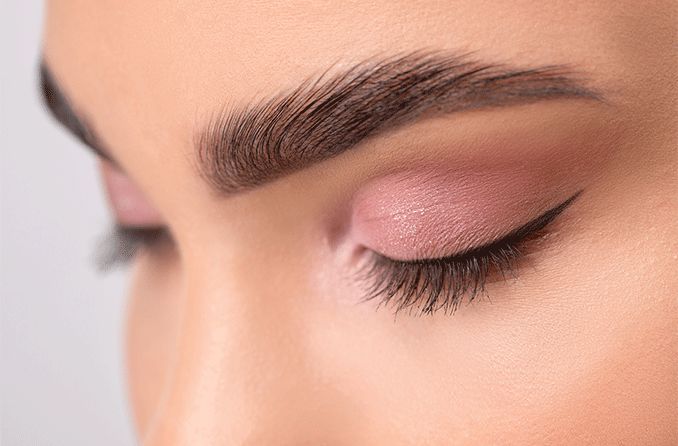
Sun Protection During Microblading Healing Process
Sun protection remains essential throughout your microblading healing process and beyond. UV exposure can fade pigment and irritate healing skin during the microblading healing process. While you should avoid applying products directly to the area during the early microblading healing process, wearing a hat provides excellent protection.
After your microblading healing process completes (around 4-6 weeks), apply SPF daily to protect your investment. Though your microblading healing process has finished, sun exposure remains the primary cause of premature fading. The effort you put into proper care during your microblading healing process deserves long-term protection through sun avoidance and SPF application.
Common Microblading Healing Process Concerns
Certain issues commonly arise during the microblading healing process. Understanding normal versus problematic developments helps you navigate your microblading healing process with confidence.
Significant Fading During Microblading Healing Process
Temporary fading during the microblading healing process causes the most frequent concerns. Remember that the ghosting phase of the microblading healing process makes your brows appear to disappear. This optical illusion during the microblading healing process happens as new skin cells form over the pigment. As your microblading healing process continues, color returns gradually.
If fading remains significant after your microblading healing process completes (around 6 weeks), your touch-up appointment will address this issue. The touch-up procedure often applies pigment more effectively after the initial microblading healing process has established a foundation. The second microblading healing process typically results in better color retention.
Scabbing Issues During Microblading Healing Process
While some scabbing is normal during the microblading healing process, excessive or very thick scabs may indicate problems. Normal scabbing during the microblading healing process appears as thin crusts that follow the stroke pattern. Abnormal scabbing during the microblading healing process might indicate too much pressure was used, or aftercare needs adjustment.
If scabs fall off prematurely during your microblading healing process, try to improve your aftercare routine. The microblading healing process works best when scabs remain undisturbed until they naturally release. Sleeping on your back and avoiding facial expressions that stretch the brow area supports your microblading healing process.
Infection Signs During Microblading Healing Process
Infections rarely occur during a proper microblading healing process but remain possible. Warning signs include increasing pain, warmth, intense redness, or pus after the first day of your microblading healing process. Normal discomfort during the microblading healing process decreases daily, while infection pain intensifies.
If you suspect infection during your microblading healing process, contact your technician immediately. Prompt intervention preserves both your health and results during the microblading healing process. With proper treatment, most minor infections resolve without significantly affecting the outcome of your microblading healing process.
Microblading Healing Process Timeline Chart
Make sure that at all stages of the healing process, you are keeping as little product on your brows as possible, as the goal is just to allow the small amount of pigment beneath the skin to heal undisturbed. We will then have a nice, fresh canvas for the touch-up. And remember to stay patient – it’s a process!
Phase Days Appearance Sensations Key Aftercare Immediate 1 Dark, bold, defined Tender, slight swelling Gentle blotting, avoid water Early Healing 2-5 Dark with scabbing Itchy, tight No picking, minimal product Flaking 6-10 Lightening as scabs fall Mild itching Allow natural shedding Ghosting 10-20 Very light, patchy Normal sensation Patience, continue protection Color Return 20-30 Gradually reappearing Normal sensation Gentle cleansing Final Healing 30-42 Natural, defined Normal sensation Prepare for touch-up
Microblading Healing Process FAQ
The complete microblading healing process typically takes 4-6 weeks. During this time, your skin progresses through several phases of the microblading healing process, including initial healing, scabbing, flaking, ghosting, and color return. The microblading healing process must complete fully before your touch-up appointment for optimal results.
Yes, temporary color loss is completely normal during the microblading healing process. Around days 10-20 of the microblading healing process, many clients experience the “ghosting phase” where brows appear to disappear. This phase of the microblading healing process causes concern, but color gradually returns as the microblading healing process continues.
The microblading healing process follows your body’s natural healing timeline, which cannot be significantly accelerated. However, supporting your overall health during the microblading healing process through proper nutrition, hydration, and rest may optimize your healing capacity. Following aftercare instructions precisely ensures the most efficient microblading healing process possible.
Some scabbing is a normal part of the microblading healing process. Light, thin scabs that follow the stroke pattern indicate proper progression of the microblading healing process. Excessive, thick, or oozing scabs are not typical of a normal microblading healing process and should be evaluated by your technician.
Avoid applying products directly to the brow area for at least 10 days during your microblading healing process. After the scabbing phase of the microblading healing process completes, gradually reintroduce gentle products. Wait until your microblading healing process fully completes (around 6 weeks) before using retinols, acids, or other potent skincare near the brow area.
The microblading healing process after your touch-up typically follows the same phases as your initial procedure but often progresses more quickly with less intense symptoms. This second microblading healing process usually causes less swelling and scabbing since fewer strokes are typically needed. Follow the same aftercare protocol during this follow-up microblading healing process.
Follow your technician’s aftercare instructions precisely throughout your microblading healing process. Avoid picking, scratching, or applying unauthorized products during your microblading healing process. Protect the area from sun, water, and sweat during the critical early stages of your microblading healing process. Attend your touch-up appointment after your microblading healing process completes.
Some clients experience poor pigment retention during the microblading healing process due to skin type, health factors, or aftercare issues. Oily skin often challenges the microblading healing process by pushing pigment out more readily. If your microblading healing process results in significant pigment loss, your touch-up session will address these areas with adjusted techniques.
Mild discomfort, tenderness, and itching typically occur during the microblading healing process. Pain should decrease daily as your microblading healing process progresses. Increasing pain, especially when accompanied by excessive redness or warmth, is not normal for the microblading healing process and warrants professional evaluation.
Your initial microblading healing process reveals preliminary results after about 4-6 weeks. However, the complete results only appear after both your initial procedure’s microblading healing process and your touch-up session’s healing conclude. This total process, including both healing periods, typically takes 8-12 weeks for truly final results.
Conclusion
Understanding the microblading healing process helps you navigate this transformative journey with confidence and realistic expectations. Throughout your microblading healing process, remember that temporary changes in appearance are normal and necessary for achieving beautiful, natural-looking results. The microblading healing process requires patience but rewards your diligence with eyebrows that enhance your face for months to come.
Your microblading healing process serves as the foundation for successful results. By following proper aftercare protocols during your microblading healing process, you maximize pigment retention and minimize complications. The microblading healing process might test your patience, particularly during the ghosting phase, but trust that your brows will reemerge more beautiful than before as your microblading healing process concludes.
Remember that your touch-up session after your initial microblading healing process completes remains essential for perfecting your results. This follow-up appointment addresses any issues that became apparent during your microblading healing process and enhances areas needing additional strokes or color. The combination of proper aftercare during your microblading healing process and professional touch-up work creates the stunning brows you desire.

